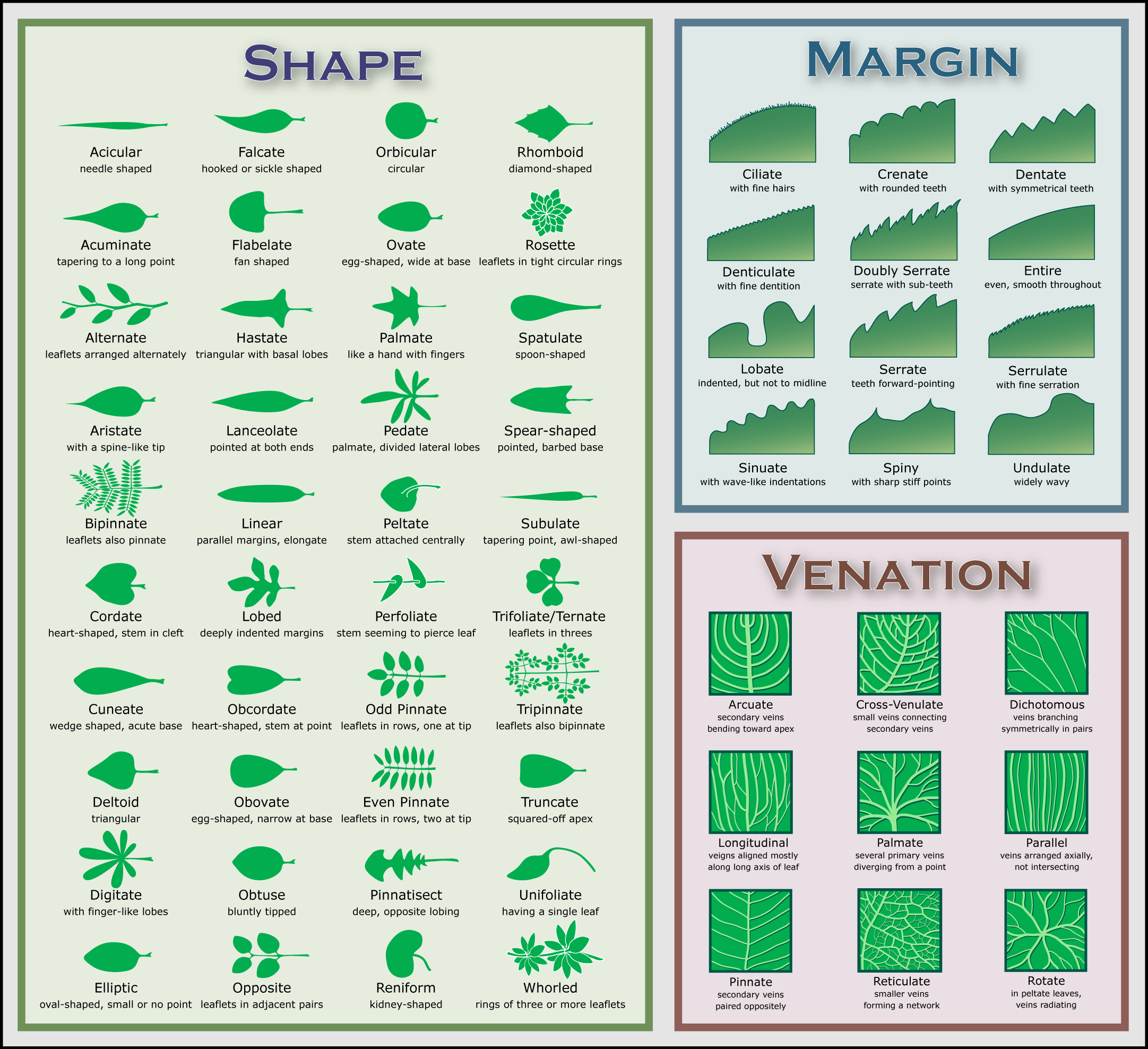

To reduce water loss further when the air is cold and dry, conifers protect their leaves by growing a waxy coating.


Even if your focus is on a different component of the natural world, knowing trees is critical. Understanding that mosaic requires some study of trees. Trees, then, are a key component of the mosaic of living organisms that form the ecological communities that make up the Adirondacks. The decaying plant material from trees modifies the soil below. Trees provide cover, food, and homes for wildlife they provide shade for the shrubs, wildflowers, ferns, and moss on the forest floor. It is difficult to understand and appreciate the interdependent elements of nature without an awareness of the role trees play in it. Sooner or later, most of us intrigued by the natural world come around to trees. Together, this information should allow you to make an identification of the tree.Strategies for Survival | Conifers | Hardwoods/Deciduous Trees | Pioneer and Climax Species | Tree Identification | Once you have narrowed down the type of leaf, you should examine the tree's other features, including its size and shape, its flowers (if it has any), and its bark. Bipinnately compound leaves extend from secondary veins that connect to the main vein. Pinnately compound leaves have leaflets that extend from a vein that connects to the petiole. They spread out, in sets of three or more, like fingers from the palm of the hand. Palmately compound leaves have leaflets that extend directly from the end of the petiole. If a leaf has a divided blade-one that forms a collection of leaflets-it is considered a compound leaf.Ĭompound leaves can be sub-classified based on the arrangement of their leaflets. If a leaf has an undivided blade, it is classified as a simple leaf. The lamina, or the leaf blade, is the flat area where photosynthesis occurs, while the petiole is the stalk that connects the lamina to the stem. All leaves consist of two main parts, a petiole and a lamina. The next thing to inspect is the structure of the leaves. Some leaves grow in pairs opposite each other on the stem, while others grow in an alternating pattern. When identifying leaves, the first thing to look at is the arrangement of the leaves along the stem. There are dozens of different varieties, each with their own unique leaf structures and shapes. Deciduous trees-including oaks, maples, and elms-shed their colorful leaves in the fall and sprout bright new green leaves in the spring. Whether you're on a walk in the woods or a park or merely sitting in your own backyard, you may be curious about the trees around you.


 0 kommentar(er)
0 kommentar(er)
